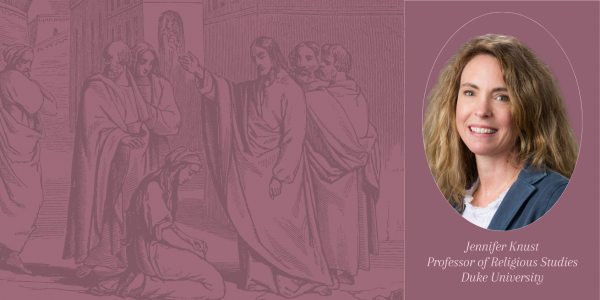A Wonder to Behold: Jesus’ Miracles and Late Ancient Receptions of the Story of the Woman Taken in Adultery
As Jesus’s own materiality illustrated to late ancient Christians, flesh can change quality, degrees of corruption can be altered, and carnal weakness can be overcome. Miracle scenes were therefore sources of physics and metaphysics as well as invitations to faith, with the raising of Lazarus, the healing of the paralytic, the casting out of demons, and other Gospel wonders taken as evidence of the malleability of bodily nature. Featured among other Johannine signs and carved on late ancient ivory boxes, the forgiven adulteress also played a role in Christian reflections on the physical world. If virtue was written on bodies and in bodies, as the physiognomists insisted, then the restoration of a weak woman or, even worse, an adulteress, truly was a wonder to behold.

